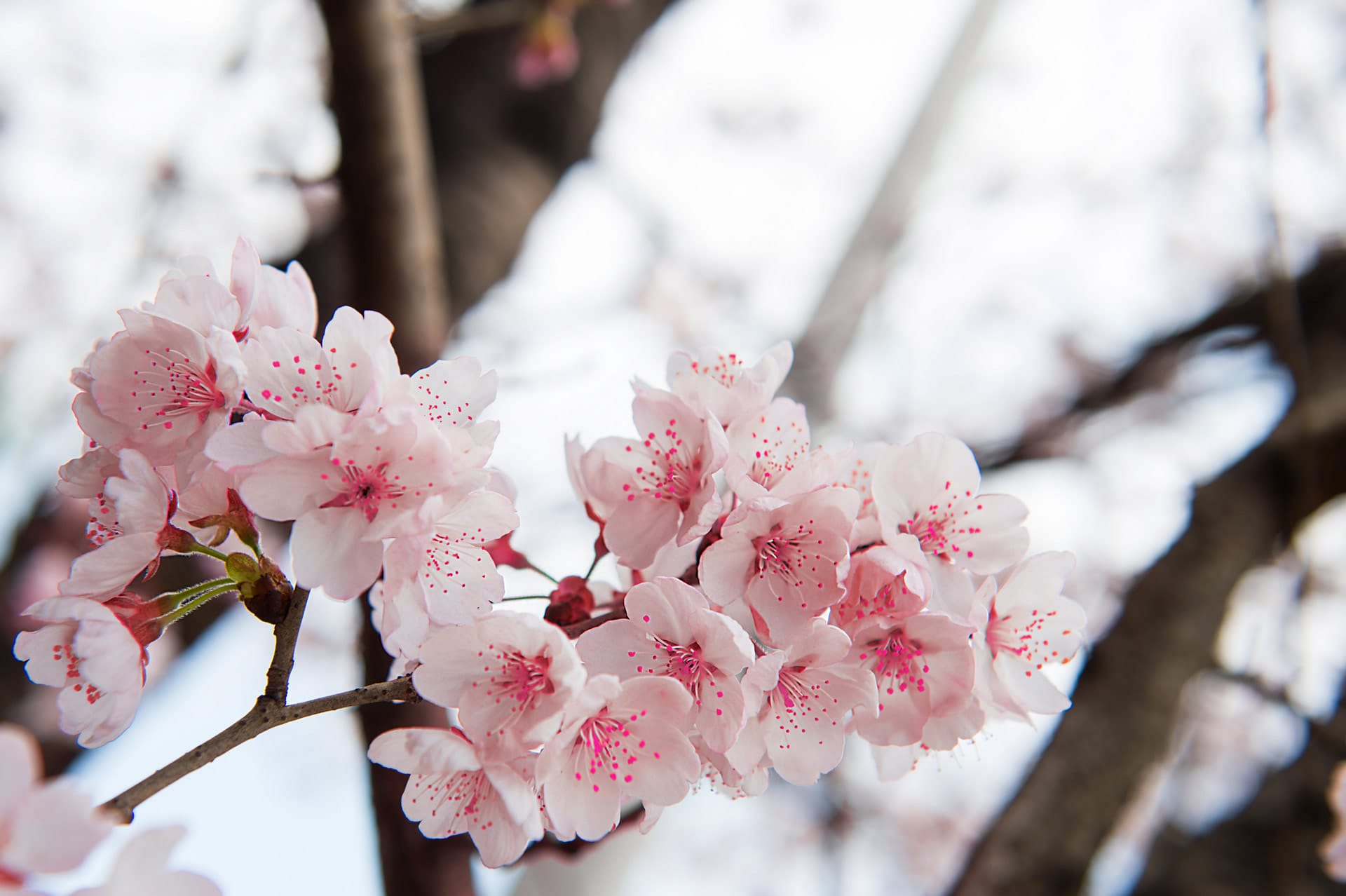Seasons
Or, connecting to the natural world in Japan.

Here's hoping you're enjoying my series of blogs about my recent trip to Japan.
I’ve been to Japan before – in 2018 – and I always knew I would return.
On that trip, I fell in love with the potential of the hydrangea. We spent a few days in the mountains of Kobe, just at the beginning of spring, when the hydrangeas were yet to bloom. The house we stayed in had long lines of hydrangeas leading up to it. At the time, they were just low shrubs of brown sticks, not even baring leaves.
I saw these lines of hydrangeas as pathways of potential. I could imagine just what they’d look like in full bloom and carried that image with me throughout the trip.
When I came home, I made it my mission to grow hydrangeas in my garden here in Melbourne, something that I have succeeded at – amazingly, considering my lack of green thumbs. As I sit typing this blog, I can see them out the window. Five beautiful hydrangea bushes remind me, at all times of the year, of the potential within.
On this most recent trip, we visited in February, so the hydrangeas were still bare and brown, waiting for May, when they start to bloom. It is my dream to go there again at that time of year.
I love the way that Japanese culture is so busy and driven by technology, yet the people are so attuned to the seasons. For example, they celebrate the arrival of the cherry blossoms, or Sakura, in March. I’d love to see those again. But I also want to see the wisteria in April or May, the irises in June or July and the lotus flowers in summer too.
I’ve learned that the traditional Japanese calendar has multiple micro-seasons across the year, all of them based on changes that occur in the natural world. There are 24 major divisions, or sekki, and these are each further split into three for a total of 72 smaller divisions that last around five days each. The names of the seasons are delightful, like seri sunawachi sakau (parsley flourishes) in January and kusa no tsuyu shiroshi (dew glistens white on grass) in September.
This reminds me of how there are more than the four European seasons here in Melbourne too: based on the culture of the Kulin Nation, there are seven seasons, all of them tied to transitions in the natural world, just like in Japan.
As we were leaving Japan, our train to Osaka pulled out of Kyoto station, and I saw people gathering to take photos in a grove of cherry trees that had already started to bloom – in mid-February. Climate change may be having an effect. The seasons might not stick to the dates on the traditional calendar, becoming yet another of the myriad of ways that modern Japan is leaving her traditional past behind.
I was devastated to leave. On this trip, Japan was muted and subtle in its beauty. The colours were grey and green and mossy. Many of the trees were bare, except for the camellias that injected bursts of dark pink and red. I saw all the potential though. I imagined the wisteria heavy and purple, the hydrangeas pompous and blue.
On a whim, my daughter and I visited a fortune teller one night when we were in Kyoto. I asked her if I had a connection to Japan, if I would come back again. She said not so much. She said I should travel widely and see many more countries in the world. I want to disobey her. I want to see all of Japan’s flowers bloom.

